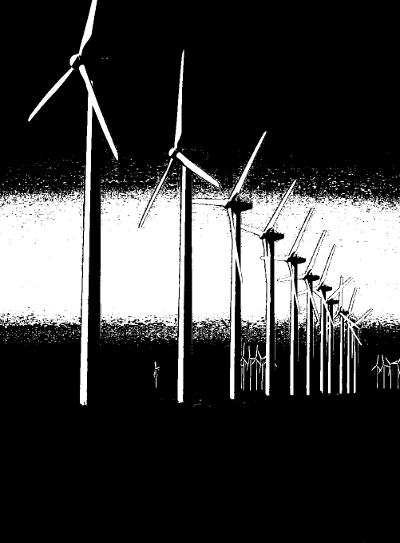Green goal getting closer, Hunt says
 The back-and-forth continues between the Environment Minister and the clean energy sector over the future of the Renewable Energy Target (RET).
The back-and-forth continues between the Environment Minister and the clean energy sector over the future of the Renewable Energy Target (RET).
Environment Minister Greg Hunt held discussions with the Clean Energy Council and the Australian Industry Group, and now says an agreement on the RET is “very close”.
The weekend’s discussions were over ways to deal with the problem of surplus renewable energy certificates.
Currently, there is a large surplus of certificates that were created to incentivise domestic solar installations.
The surplus means major new renewable projects are not required.
But Mr Hunt says he has negotiated “a pathway to soak up those [surplus] credits over the next three years”.
“We would work it through with the Clean Energy Regulator ... but at the end of the day this is a very important part of the resolution for the clean energy sector,” he said.
The debate is still largely focussed on the overall target of the plan to reduce reliance on fossil-fuels and other non-renewable power supplies.
In its original form the RET aimed to produce 41,000 gigawatt hours, or 20 per cent of demand in 2000, of renewable electricity by 2020.
But the Government argues that falling household electricity consumption means the target is too high, and it should only have to reach 26,000 gigawatt hours, what it calls a “real 20 per cent”.
Reports say the Clean Energy Council wants a target in the mid-to-high 30,000 gigawatt hours range, and it is this final figure that is holding up the renewal of the scheme.
But even if an agreement is reached with the clean energy industry, it will still need the support of Labor to pass Parliament.
In a possible bid to set up a higher target, Labor rejected a figure of 31,000 gigawatt hours last week.
The Environment Minister now says he hopes a deal could be reached by Easter.







 Print
Print